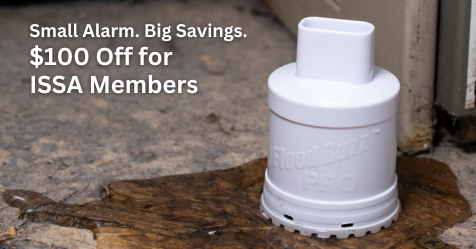Preventing Infections in Emergency Shelters
Updated guidebook from the APIC provides insights for disaster facility coordinators.
When natural disasters such as hurricanes and wildfires strike, people seeking shelter are often forced into close proximity with each other at emergency centers, which increases the risk of spreading infections.
To help prevent infections and outbreaks in shelters, the Association for Professionals in Infection Control and Epidemiology (APIC) has recently released an updated infection prevention guide specifically for federal, state, and local emergency disaster coordinators.
Compiled by APIC’s Emerging Infectious Diseases task force, the the Infection Prevention and Control (IPC) for Shelters During Disasters guide gives step-by-step recommendations for how coordinators can keep displaced persons and shelter personnel safe from common types of infectious diseases, including gastrointestinal, skin-related, and respiratory infections.
“We updated the guidebook so emergency planners would have the necessary information to reduce the risk of infection before the next natural disaster hits,” said Terri Rebmann, lead author of the updated resource and a member of APIC’s emerging infectious diseases task force. “Ideally, infection prevention and control experts would be onsite as part of a locality’s disaster planning, and infection prevention would be a component of routine disaster exercises and drills. But because this is not always the case, the guide was written to be incorporated into a community disaster plan without onsite IPC professionals,” said Rebmann.
According to the APIC, an example of an infectious disease outbreak due to crowded sheltering occurred in 2017, when Hurricane Harvey displaced tens of thousands in Harris County, Texas, and triggered a seasonal influenza outbreak at a megashelter. Another happened a year later, during the Camp Fire in northern California, when nearly 300 evacuees out of 1,100 in a crowded shelter were stricken with acute gastroenteritis from a norovirus infection.
“We urge emergency disaster coordinators to utilize this resource so that communities are able to provide the safest possible shelter for displaced residents,” said Tania Bubb, APIC president.
Updates to the original 2009 APIC guidebook include new protocols related to personal protective equipment (PPE) use and first aid, additional information on how to track infections, a checklist for infection preventionists, and a new section on managing linens, masking, ventilation, sanitation, and quarantine situations.
To access the entire guidebook as well as posters on proper hand hygiene and toy cleaning, click here.


